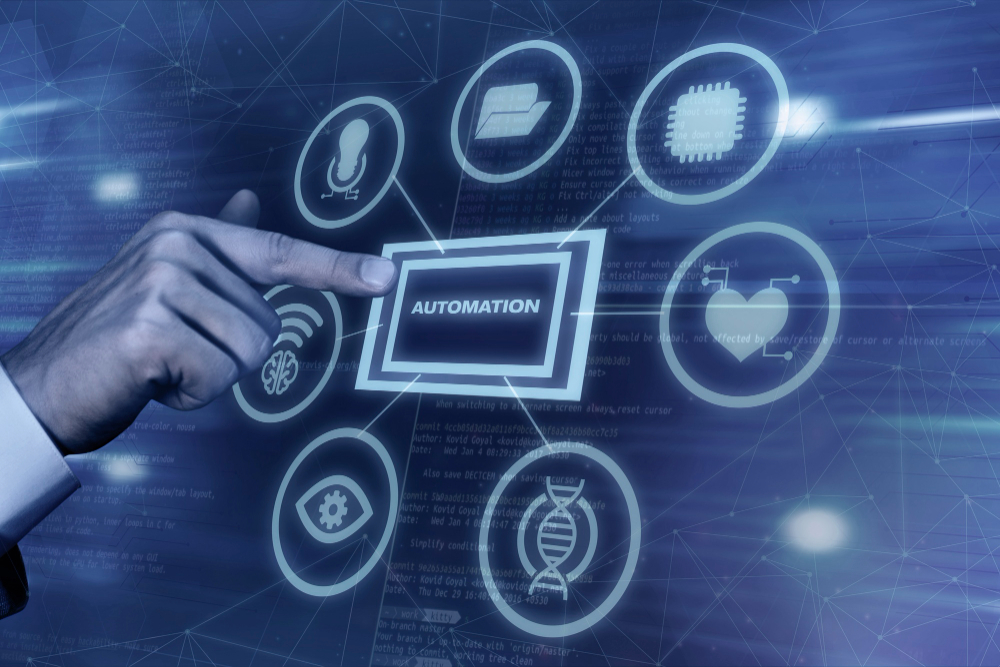
Back

November 14, 2025
Introduction
Personalisation has been a marketing priority for more than a decade, yet many brands still struggle to turn theory into meaningful results. Tools promised relevance, efficiency, and higher conversion rates, but the reality for most teams has been slow progress and inconsistent ROI.
Our recent webinar, AI Powered Personalisation at Scale, brought together experts across digital, media, and optimisation to examine how AI is changing the landscape for marketers, brand leaders, and agencies. This article distils the strongest insights from the session into a clear guide that helps senior teams understand what to do next and how to approach personalisation with confidence.
Personalisation Has Shifted From Static Rules to Dynamic AI Decisions
Traditional personalisation relied on static profiles and rule based journeys. It required expensive CDPs and lengthy implementation. AI has changed that model completely.
Real time personalisation is now achievable for every organisation
As Matthew Rees explained, AI can now:
- Build dynamic customer profiles in real time
- Tailor website content automatically
- Respond instantly to behavioural data
- Reduce reliance on cookies and static lists
- Make enterprise level personalisation accessible to smaller teams
This shift removes the need for rigid, predefined journeys. Content adapts as customers behave, not weeks later.
Why Personalisation Has Struggled With ROI and How AI Improves It

Alex Blaikley highlighted what many marketers already know. Personalisation often delivers less ROI than promised. Gartner even predicts that 80 percent of marketers will abandon personalisation attempts by 2025 due to poor impact.
AI changes this in two important ways.
Operational AI improves efficiency
Automation supports reporting, segmentation, targeting, and content creation. Teams spend less time managing data and more time acting on it.
Transformational AI improves strategy
Instead of reacting to past behaviour, AI helps marketers make proactive decisions based on predicted needs and real time insight.
The important insight from the panel was simple. Many brands already have unused AI features inside GA4, Prismic, HubSpot, Klaviyo, and Meta Ads Manager. Optimising existing tools delivers faster ROI than buying new ones.
AI Creates Operational Clarity and Unlocks Better Decisions
Mike Fantis noted that many teams are stuck with too much data and not enough clarity. AI cuts through this by identifying:
- The segments that matter
- The content that converts
- The frequency needed for each audience
- Where budgets should be increased or reduced
- Operational issues that limit conversion, such as unanswered calls
AI turns insights that once took weeks into immediate direction, which frees teams to focus on execution.
Adopting AI in Practice: Start With Workflows, Not Technology
With thousands of AI tools launching every month, it is easy to get overwhelmed. The panel stressed the need to start with problems, not platforms.
The right questions are:
- What slows the team down
- Which repetitive tasks drain time
- Where accuracy needs to improve
- Which parts of the workflow are manual or inconsistent
This approach leads to genuine return on investment rather than experimentation for its own sake.
Matthew Rees warned that without guardrails, teams often test too many tools without structure. Clear governance, shared standards, and agreed outputs are essential for any AI rollout.
Real Examples of AI Impact Across Customer Experience and Operations

The panel shared examples that showed how AI is already improving performance across brands.
- Surfacing insights from thousands of reviews
- Highlighting missed revenue from unanswered phone calls
- Enabling real time A/B testing with unlimited variants
- Enhancing email journeys through platforms like Klaviyo
- Building customer personas at speed
- Improving segmentation accuracy
- Redirecting media spend based on predicted performance
The common theme was clarity. AI surfaces issues that directly impact customer satisfaction and commercial performance.
How The GO Network Helps Brands and Agencies
Personalisation and AI only deliver results when the right partners and processes are in place. The GO Network supports both sides of the marketing ecosystem by giving brands clarity and giving agencies visibility.
For brands, the Network provides a simple way to find the right agency partner without stress or guesswork. We help teams cut through the noise, review relevant and vetted agencies, and make confident decisions based on capability, cultural fit, and performance. The entire service is cost free for in house teams.
For agencies, joining the Network creates a clear path to being seen by the right brands. Agencies gain profile, visibility in front of active brand decision makers, and access to opportunities that match their strengths. It is a structured way to grow through credibility, partnership, and a more transparent route to briefs.
Book a conversation with our team to see how the GO Network can support your next agency decision or help your agency grow.
Leadership Alignment and Managing AI Risks
AI does not fail because of the technology. It fails because teams cannot explain the value or control the risks.
Key guidance included:
- Present AI benefits in financial terms
- Maintain QA and human approval for AI content
- Keep an audit trail of prompts and outputs
- Tailor governance to your industry
- Standardise processes across teams
Stronger guardrails build trust and help secure leadership support.
How To Measure AI Driven Personalisation in 2025
Success is broader than conversions. The experts recommended three measurement categories.
Traditional marketing KPIs
Email engagement, CTR, revenue per send, unsubscribe rate, and conversion rates.
Operational ROI
Time saved, reduced manual tasks, increased speed to insight, and improved reporting efficiency.
Customer impact
Better targeting, more relevant content, improved journey performance, and stronger retention.
The important point is to define success before implementation. AI should not be a solution looking for a problem.
What Comes Next: AI Assistants and New Customer Touchpoints

The next 12 months will reshape how consumers interact with brands.
Expect to see:
- AI assistants integrated into phones and browsers
- Agentic AI that shops or compares products for the customer
- More regulation across search and social
- Personalised reporting through Gemini, ChatGPT, and Claude
- A rise in prompting skills
- Brands building their own assistant style experiences
The biggest shift is that marketers will increasingly target AI intermediaries, not just the consumer.
Conclusion
AI is reshaping how marketers understand audiences, create journeys, analyse data, and make commercial decisions. The brands that succeed will be the ones that focus on operational clarity, make smarter use of their existing tools, and build strong internal processes to guide AI adoption.
Personalisation at scale is now practical and achievable, and the next year will reward brands and agencies that act with purpose, experiment responsibly, and measure everything.
Key Takeaways
- AI has moved personalisation from static rules to real time decisions
- Most brands already own tools with strong unused AI features
- Operational clarity creates faster and more consistent ROI
- Leadership buy in requires clear financial framing and strong QA
- AI assistants and agentic models will reshape customer behaviour in the next 12 months
Thanks for your enquiry
A member of our team will be in touch to confirm the call.
We look forward to exploring potential partnerships with you.




.png)
